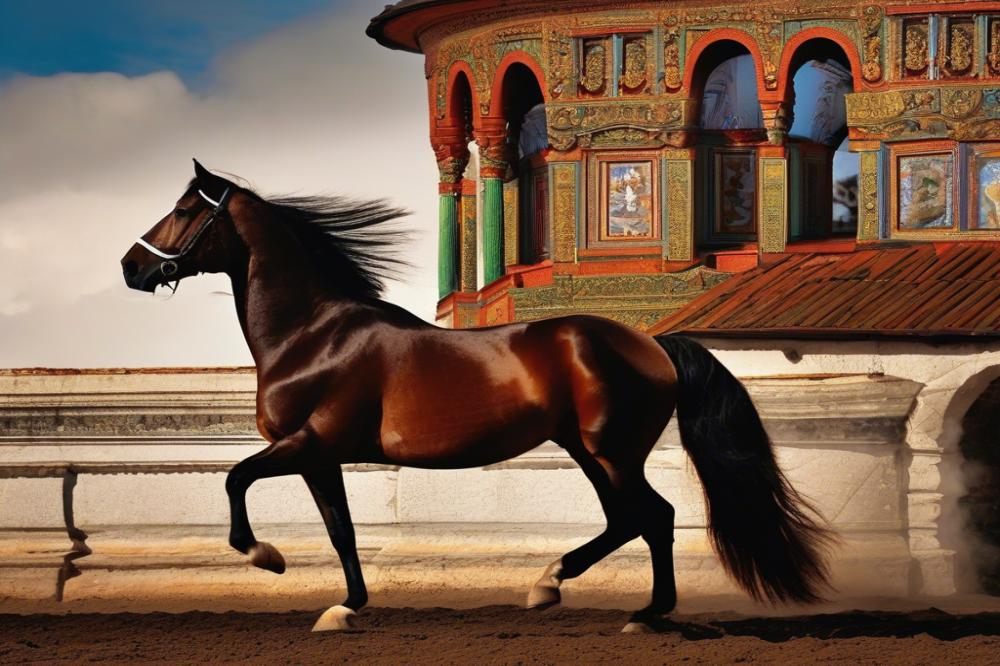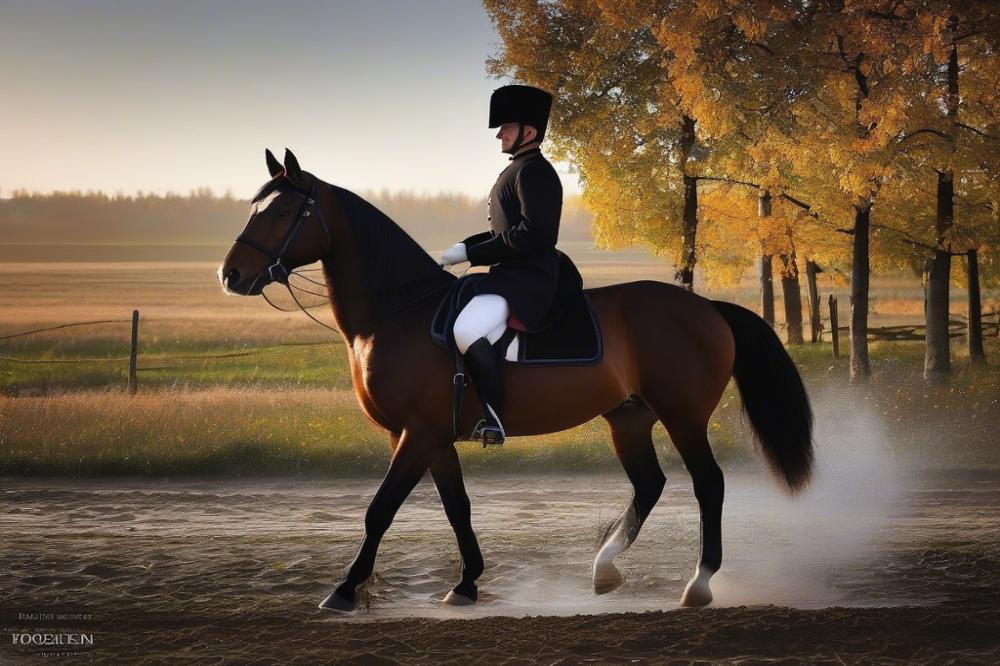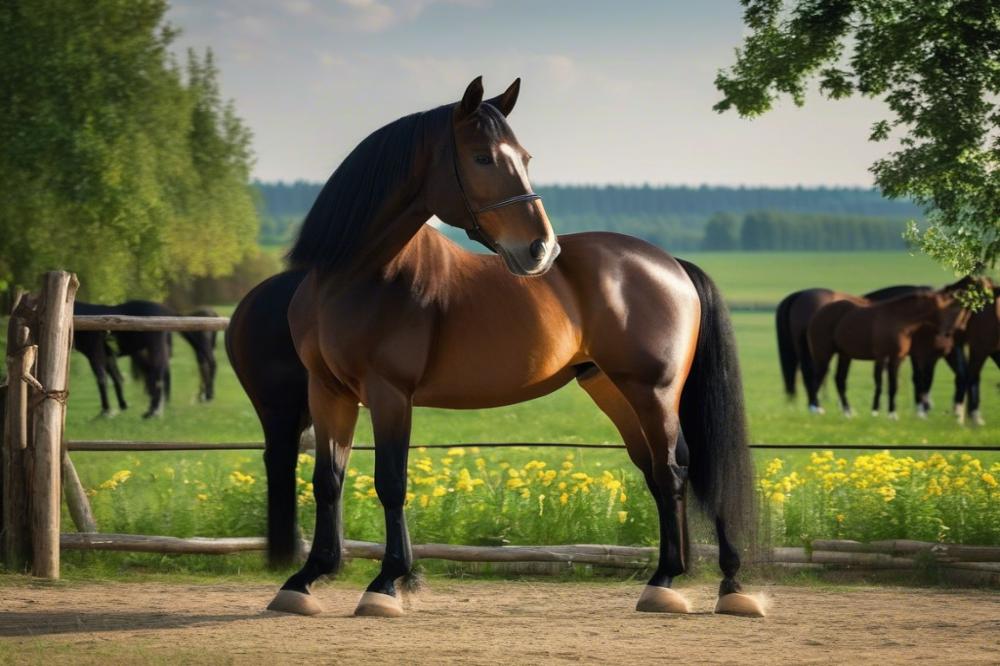Introduction
The horse population in Russia is impressive, with approximately 2.8 million individuals currently roaming the vast landscapes. This number reflects not just the animals’ presence, but also their deep roots in the land’s history. Horses have played a vital role in shaping the culture and economy of Russia for centuries. They have been used for transportation, agriculture, and even in warfare. As a country with a rich equine history, each horse represents a link to traditions that date back hundreds of years.
Culturally, horses symbolize strength and resilience. They hold a special place in folklore and art, illustrating their significance beyond mere utility. In the past, people depended heavily on these majestic creatures for their livelihoods. Today, while technology has changed the ways humans interact with the world, the role of horses still remains important.
Contemporary uses of horses have evolved alongside advances in society. Modern Russian culture sees horses in various settings, from competitive sports to leisure riding. Many still engage in traditional practices that honor the bond between human and horse. This article will explore the historical significance of these animals and delve into their modern applications in everyday life. The journey through the world of equestrianism in Russia offers a fascinating glimpse into the enduring legacy of this noble beast.
Russian horses: Historical Significance

Over the centuries, the evolution of horse breeds in this vast nation has been remarkable. Various types of horses thrived in Russia, adapting to the diverse climates and terrains. Breeds like the Akhal-Teke, known for their speed and endurance, have been cherished for generations. Other breeds, such as the Orlov Trotter, were developed specifically for harness racing. These animals not only served practical purposes, but also became part of cultural narratives across the country.
Horses played a pivotal role in agriculture. They were essential for plowing fields and transporting goods. Farmers relied on these sturdy animals to help them with daily tasks. This symbiotic relationship with horses allowed agricultural communities to flourish. Without their help, many rural areas would have struggled to sustain themselves.
Warfare has also shaped the history of horses in Russia. From the Mongol invasions to the times of Peter the Great, these animals served as vital assets on the battlefield. Troops rode into battle on horseback, gaining speed and mobility during conflicts. The ability to maneuver quickly was crucial during military campaigns. Armies often valued horses as much as their soldiers. They were not just tools for war; they embodied strength and power.
Transportation and trade saw significant advancements thanks to horses. Merchants utilized horse-drawn carts to move goods across long distances. Cities expanded as commerce thrived, aided by these hardworking animals. The development of trade routes linked different regions, fostering economic growth. People relied on horses to carry vital supplies and connect communities.
The Soviet era and Its Impact

The Soviet era brought significant changes to horse populations in Russia. During this time, the number of horses increased dramatically. In the 1930s, the government prioritized animal husbandry, leading to higher breeding rates. Officials aimed to modernize agriculture and improve farming efficiency. As a result, new breeding programs emerged, focusing on various traits suitable for work and transport.
Collective farming played a crucial role in the use of horses during this period. Farmers relied heavily on these animals for plowing fields and transporting goods. Horses became central to the agricultural system. The introduction of mechanization later reduced their numbers, but they remained key assets for many rural communities. Rural life revolved around utilizing equestrian skills to boost productivity.
The military recognized the value of horses, too. During World War II, they were essential for logistics and troop movement. Even as technology advanced, horses remained a trusted form of transport in many areas. Troops in various conflicts relied on them for speed and mobility in difficult terrains. This dependence showcased their continuing importance in Soviet military strategies.
Overall, the Soviet period left a lasting imprint on horse breeding and usage. The changes in animal husbandry reflected the broader trends within the society. As the nation pushed for modernization, the horse adapted to new roles. Its contributions to agriculture and military efforts were vital to the Soviet Union’s ambitions. This era set the stage for how horses are viewed and utilized in contemporary Russia.
Cultural Significance of Horses in Russia
Horses in Russian Folklore and Traditions
Folklore plays a crucial role in understanding a nation’s culture. In Russia, horses often appear as symbols of strength and freedom. Many stories depict heroic figures riding powerful steeds. These tales reflect a deep connection between the people and animals. Traditions also show that horses are essential during celebrations. Festive events often feature riders displaying equestrian skills. This admiration is passed on through generations.
Symbolism and Representation in Art and Literature
Art and literature often explore themes revolving around these majestic creatures. Painters frequently depict horses in vivid landscapes, showcasing their beauty and grace. In literature, they symbolize various qualities like loyalty, nobility, and adventure. Famous Russian authors, such as Leo Tolstoy, used horses to represent social status and character depth. Their presence in stories deepens emotional connections. It is common to find their images in music and dance, too.
Equestrian Sports as a Part of Russian Culture
Equestrian sports hold a prominent place in Russian culture. Many people participate in activities like show jumping and dressage. These sports highlight the bond between horse and rider. They require skill, precision, and teamwork. Throughout the years, Russia has produced numerous talented equestrians who compete internationally. Riding schools thrive in cities and rural areas alike, encouraging young generations to engage with horses.
Festivals and Events Celebrating Horses
Festivals celebrating horses take place across the nation. During these events, communities come together to honor their heritage. Competitions show off horse-riding talents and traditional practices. People enjoy thrilling races and exhibitions, filled with excitement. Local crafts and food stalls add to the festive atmosphere. These events showcase the importance of horses while also fostering community spirit and pride. They serve as reminders of the historical significance horses hold in everyday life.
Contemporary Uses of Horses in Russia
Modern horse breeds and Their Characteristics
Various horse breeds thrive in Russia today. These animals exhibit diverse traits suited for different tasks. The Orlov Trotter is known for its speed and endurance. It often participates in races and shows. Another notable breed is the Akhal-Teke, an ancient breed recognized for its shimmering coat and athletic ability. Many farmers prefer heavy draft horses, like the Russian Draft, for their strength in agricultural work. Breeders focus on improving genetic traits to adapt to modern needs. As a result, each breed offers specific qualities that cater to both work and leisure.
Current Agricultural Practices Involving Horses
Agriculture in today’s Russia often includes horses in various capacities. Some farmers rely on them for plowing fields and transporting goods. Using horses allows for more sustainable farming practices. Unlike tractors, they require less fuel and can navigate rough terrain better. Additionally, many rural areas still uphold traditional methods that forgo modern equipment. The connection between humans and these animals remains strong. These practices highlight the value of horses in promoting a balance between tradition and modernity.
Role in Leisure Activities and Tourism
Horses play a significant role in leisure activities across Russia. Riding trails in the countryside attract both locals and visitors. Tourists often find joy in exploring the landscape on horseback. Many ranches offer guided tours that showcase the beauty of the Russian wilderness. In city areas, horseback riding schools provide a fun training environment for aspiring riders. The popularity of horse-themed events contributes to rural tourism. Such activities enrich cultural experiences, drawing attention to local traditions.
Equestrian Sports and Competitions in Modern Russia
Equestrian sports have gained prominence in Russia in recent years. Events such as show jumping and dressage attract numerous participants and spectators. Competitions are held at various levels, from local fairs to international championships. Young riders often dream of competing on the global stage. Equestrian clubs provide essential training and resources. Spectators enjoy the excitement of these events, fostering a community around the sport. The blend of skill and artistry captivates audiences, highlighting the horses’ incredible abilities.
Breeding Programs and Future of Russian horses
In Russia, numerous breeding programs are active, focusing on various horse breeds. These initiatives aim to improve lineage and enhance specific traits. Government support and private organizations work together to boost the equine population. They also strive to maintain genetic diversity, which is crucial for a robust horse population.
Preservation of Native Horse Breeds
Preservation efforts for native breeds are vital to Russian cultural heritage. Breeds like the Akhal-Teke and the Orlov Trotter represent centuries of history. Conservation programs play a significant role in maintaining these unique animals. Additionally, these programs promote responsible breeding practices, which can lead to healthier horses over time.
Innovations in Equine Health and Breeding Techniques
Innovative practices are transforming the way horses are bred and cared for in Russia. Modern veterinary medicine provides improved health care solutions for horses. Genetic testing allows breeders to make informed decisions that enhance the quality of future generations. These advancements aim to reduce diseases and improve the overall well-being of equines.
Future Outlook for Horse Population and Uses
Looking ahead, the future of the horse population in Russia appears promising. With ongoing research and development, horse farming might become more efficient. New uses for horses are likely to emerge beyond traditional roles. For example, therapy programs often use horses to help individuals with physical or emotional challenges. As society progresses, the bond between humans and horses will likely grow and evolve.
Final Thoughts
Throughout history, horses have played a vital role in Russia’s development. Various horse breeds adapted to different climates and terrains contributed significantly to agriculture, transportation, and military endeavors. These animals were not just a means of work; they became part of cultural traditions and folklore.
In contemporary society, horses remain important. They are pivotal in agriculture, helping farmers in rural areas manage their land. Riding schools and equestrian sports flourish in cities, encouraging youth to connect with nature and develop new skills. Festivals celebrating these animals highlight their enduring connection to Russian identity.
The legacy of horses transcends mere functionality; it encapsulates centuries of tradition and pride. Communities across Russia continue to pass down stories and practices related to horse care and training. This relationship fosters a sense of belonging and strengthens cultural ties.
Looking ahead, several challenges lie ahead for equestrians and horse lovers in Russia. Urbanization and changing agricultural practices threaten traditional uses of horses. However, the increasing interest in equestrian sports may lead to a resurgence in their popularity. Finding a balance between modern needs and historical practices will be essential for future generations.
Ultimately, horses remain a remarkable aspect of Russian life. Their journey from the vast steppes to contemporary urban environments illustrates their adaptability and significance. As society evolves, the cherished connection with these magnificent creatures will likely continue to thrive.



